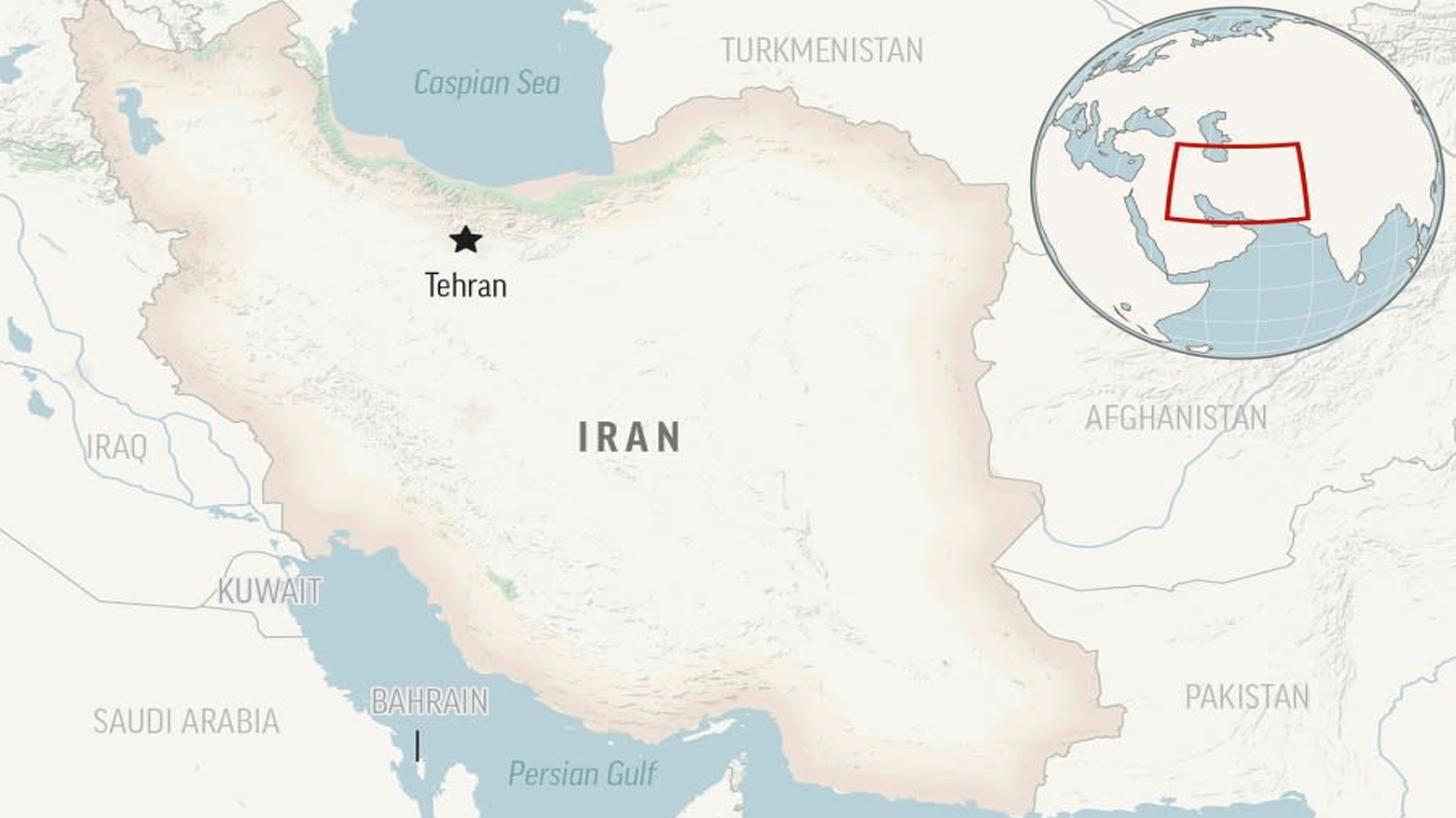Iran Says U.S. to Deport Nearly 400 Iranians, With First Group Returning in Days
Iran confirmed the deportation of over 100 citizens from the U.S. this week, acknowledging rare cooperation between the two nations despite ongoing tensions. Tehran expects up to 400 returnees under the Trump administration's immigration enforcement.

ERBIL (Kurdistan24) – Hossein Noushabadi, director-general for parliamentary and consular affairs at Iran’s Ministry of Foreign Affairs, stated on Tuesday, that the United States is set to deport 120 Iranian nationals within the next two days. In a report from the IRGC-affiliated Tasnim News Agency, Noushabadi explained that US immigration authorities have decided to deport nearly 400 Iranians, most of whom entered the country irregularly.
This development confirms a rare moment of coordination between Washington and Tehran. Iranian officials announced on Tuesday that the return of these 120 citizens, who are being expelled under US President Donald Trump’s anti-immigration policies, marks the beginning of a broader deportation effort expected to affect hundreds of Iranians currently in the United States.
According to a detailed report in The New York Times, both Iranian and American officials confirmed that roughly 100 Iranians were returned to their homeland following months of discussions between the two governments. The paper described the agreement as the result of “rare cooperation” after prolonged diplomatic contacts.
The deportation flight, carrying the first group of returnees, departed late Monday from Louisiana. It is scheduled to arrive in Tehran on Tuesday after a stopover in Doha. Qatari authorities have yet to comment publicly on the matter.
The New York Times characterized the mass deportation as “the most extensive attempt so far by the Trump administration to expel migrants without consideration for their human rights circumstances.” The newspaper recalled that the United States had previously deported Iranian refugees, including Christians and other minorities, to Costa Rica and Panama.
The Associated Press also reported that hundreds of Iranians held on immigration charges are now set for deportation, citing Iranian officials in Tehran. It emphasized that the deportations have not yet been formally acknowledged by Washington but confirmed Tehran’s announcement that 120 deportees would be the first to return, with hundreds more to follow in the coming weeks.
The AP noted that the decision comes at a highly sensitive time, as tensions remain high after US bombings targeted Iranian nuclear sites in June, while the United Nations last week reimposed sanctions on Iran over its nuclear program. These sanctions have placed additional pressure on an already strained Iranian economy.
The development underscores a collision between Trump’s hardline immigration agenda and decades of US policy that had traditionally welcomed Iranian dissidents and exiles fleeing persecution since the 1979 Islamic Revolution.
According to Iranian state television, the deportations form part of an agreement that could involve up to 400 returnees, the majority of whom had entered the United States through Mexico illegally. Some others, however, were deported over various immigration issues.
Noushabadi underlined that Iran had officially protested the deportations through diplomatic notes conveyed via the Interests Section of Iran in Washington. “Iran sent memoranda to the American side through the Office of Interests Protection in the United States, and we are following the situation,” he said.
For its part, the US State Department referred media inquiries to the Department of Homeland Security, which did not issue an immediate response.
Statistical evidence highlights the unprecedented nature of the decision. In the 2024 fiscal year, US Immigration and Customs Enforcement deported just 20 Iranians, reflecting Washington’s longstanding practice of offering safe haven to individuals escaping religious, political, or sexual persecution. The sudden acceleration under Trump signals a significant policy shift.
For decades, Iran has condemned the United States for hosting political dissidents and opposition groups, some of whom faced assassination attempts allegedly orchestrated by Tehran on American soil. US prosecutors have previously accused Iranian operatives of hiring hitmen to target exiled dissidents.
The abrupt deportation effort raises questions about what has changed in US policy since Trump’s return to the White House. While Noushabadi stated that the American authorities had acted “unilaterally” without consulting Tehran, The New York Times cited unnamed Iranian officials saying the mass expulsions were “the culmination of months of discussions between the two countries.”
The deportations coincided with Iran’s diplomatic presence at the United Nations General Assembly in New York last week, where Foreign Minister Abbas Araghchi and President Masoud Pezeshkian attempted to rally support against the reinstated UN sanctions.
However, Supreme Leader Ayatollah Ali Khamenei sharply limited their room for maneuver by labeling any diplomacy with Washington as a “sheer dead end.”
In a rare televised acknowledgment on Tuesday, Araghchi admitted that direct communications with the United States had taken place during the UN visit. “With Americans, both directly and indirectly, messages were exchanged, and eventually, we are relieved that we did whatever it was necessary,” he said in footage broadcast on state television. “It was clear and evident to us after the interpretation the Supreme Leader made that negotiations with Americans is an obvious dead-end.”
The deportations, unprecedented in scale since the Islamic Revolution, highlight a new phase in US-Iran relations — one where geopolitical hostility coexists with narrow channels of cooperation. While Washington intensifies pressure over Iran’s nuclear program and sanctions, the Trump administration is simultaneously enforcing its domestic agenda by expelling migrants.
For Tehran, the return of hundreds of its citizens comes amid an economic crisis deepened by sanctions and amid political constraints from its supreme leadership.
Whether this episode signals a fleeting tactical arrangement or the foundation of further indirect coordination between the US and Iran remains uncertain. For now, the sight of a deportation flight bound for Tehran via Doha captures the stark paradox: hostility and cooperation unfolding in parallel.
